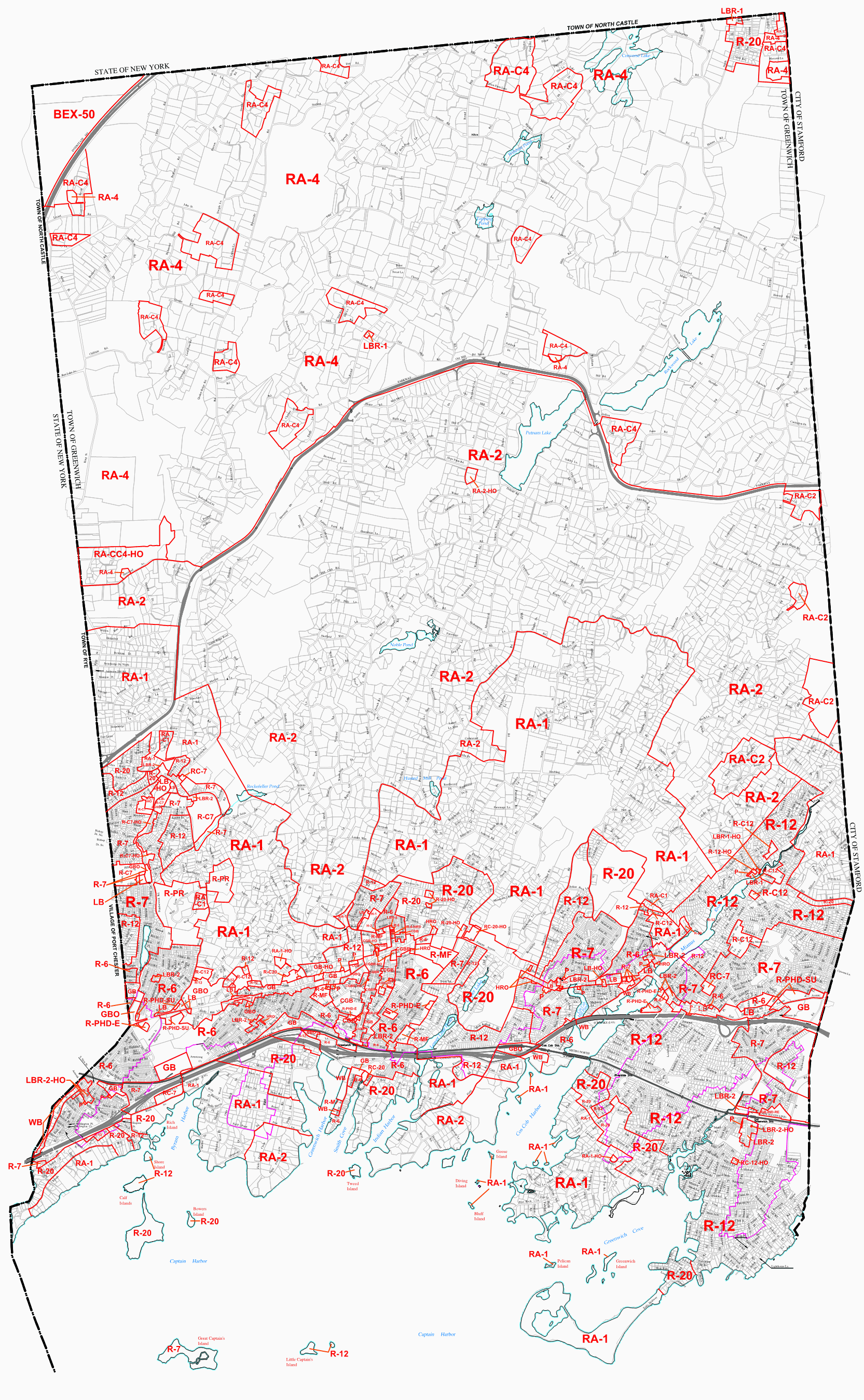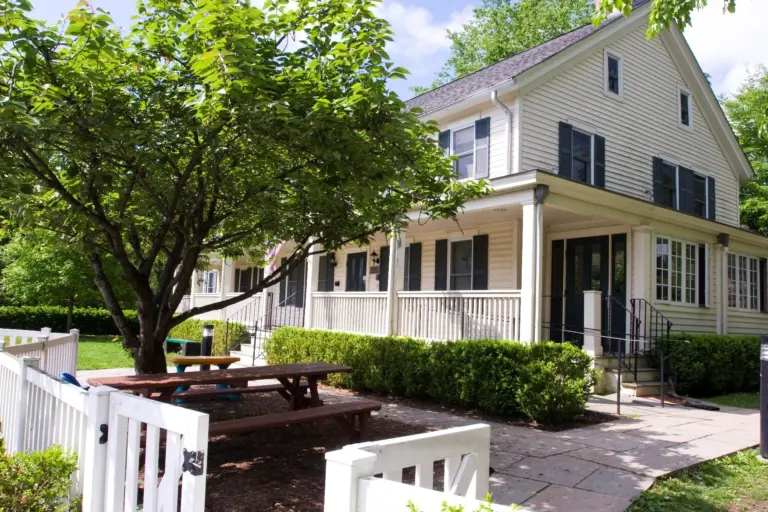
A group of Connecticut Concerned Citizens, #CT169Strong, are asking the Planning and Development Committee to table zoning and land-use bills that would fundamentally change Connecticut’s zoning and land-use regulations and create a blanket, one-size, fits-all approach to zoning. The group, composed of residents across the State, believe the process has been flawed from the beginning nor does it consider the uniqueness of Connecticut’s 169 towns, cities and hamlets. It is anticipated that the Planning & Development Committee will be voting on bills tomorrow, Wednesday, March 31.
The 2021 General Assembly session is being held under the veil of remote sessions and during a pandemic, with very little public awareness. The session is devoid of public input and it has denied Connecticut residents the legislative process that they deserve.
There are twelve raised zoning bills with various iterations of similar languages spread across the Planning & Development, Housing, Public Health and Transportation.
Origin of SB 1024:
Attorney, architect and former chairwoman of the City of Hartford’s Planning and Zoning Commission, Sara Bronin approached the CT Conference of Municipalities (CCM) for support of the DesegregateCT agenda. DesegegrateCT contends Connecticut’s zoning laws are based on an unfounded premise that they are actively racist. A CCM working group was formed to discuss her agenda and no other ideas from other stakeholders was considered. Ms. Bronin is not a representative of a city or town, but she is the wife of Luke Bronin, the Mayor of Hartford, who is the current Chair of CCM. The working group only considered the Desegregate proposal, no other language or ideas were considered. The working group never reached out to environmentalist experts, inland wetland consultants, septic or sewer consultants, traffic consultants or zoning consultants to fully vet the proposed language. In the end, it was voted on by a limited group of 37 with two abstentions out of the 165+ members of CCM. By no means is that a resounding voice of support for the legislation, yet the Bronin’s and DesegregateCT tout the bill as having ‘strong bipartisan support.’
Confusion Twice Confounded:
Beyond the confusion of what bills are in which committee, the exact details of what is in the bills has received little dissection or investigation by the media, the government’s watchdog. Democratic legislators are not publicly articulating what is in the exact language in the bills – even if they are members or chairs of the committees looking at the raised zoning bills.
Examples:
o A few zoning “dummy” bills have been raised in public hearings, and the people of Connecticut are still waiting to hear what language is placed in the bill. For example: SB804 –This bill was submitted to a public hearing as a seventeen-line bill. For any engaged citizen, it is challenging to testify against a summary bill. This was Senator Anwar’s bill from last year that was over 1,500 lines long. Following the hearing, the actual content was added in, amounting to 1484 lines – with language that mostly existed in his bill last year. While it is an allowed process to have hearings on dummy bills per the rules, should it be allowed?
o It also appears SB 1066 in Planning & Development, is a textbook example of another ‘dummy bill.’ It changes only two words from plural to singular: provisions to provision. SB1066 gives little clue as to what changes might be expected post public hearing – possibly taking away a town’s ability to choose to enter into an interlocal agreement and making it mandatory. Legislators, especially members on the committees hearing zoning bills have a responsibility to inform their constituents about hearings and what is in the language of the actual bills. All bills deserve consideration in full sunshine – in the light of day in an open public hearing, fully drafted and this information should be shared with residents of our state.
o Beyond the confusion of what bills are in which committee, the exact details of what is in the bills has received little attention in the media. The press is generally not talking about the exact language in the bills. The Democrat legislators are not talking about what is in the exact language in the bills – even if they are member or chairs of the committees looking at the raised zoning bills, mums the word, lest the residents of the state realize what is happening.
o A few zoning “dummy” bills have been raised in public hearings, and we are waiting to learn what language is placed in the bill. For example: SB804 – This bill was submitted to a public hearing as a 17-Line bill. It is challenging to testify in person against a 17-line summary bill. This was Senator Anwar’s bill from last year that was over 1,500 lines long. Post hearing, the actual content was added in, amounting to 1484 lines – with language that mostly existed in his bill last year. While it is an allowed process to have hearings on dummy bills per the rules, should it be allowed?
o It appears SB 1066 in Planning & Development, is a textbook example of a dummy bill. It changes only two words from plural to singular: provisions to provision. SB 1066 gives little clue as to what changes might be expected post Public Hearing – possibly taking away a town’s ability to choose to enter into an interlocal agreement and making it mandatory. Who knows? Legislators, especially members on the committees hearing these zoning bills have a responsibility to inform their constituents about hearings and what is in the language of the actual bills. All bills deserve consideration in full sunshine – in the light of day in an open public hearing, fully drafted and this information should be shared with residents of our state.
o Compound all of the above with a vast entourage of interconnected non-profit housing advocacy groups that get some of their funding from state agencies and even from cities in CT (like Regional Planning Association, the fundraising arm of DesegregateCT) and are listed as “Coalition Members” with Desegregate CT. They send a small army to testify at the zoning public hearings in each committee, cheerleading for zoning reform. From listening to who testified, many were student activists, who while admirably idealistic and fully engaged in the legislative process and some were shown to have very limited local experience or skin the game when compared to the numbers of residents, First Selectman, Planning and Zoning Chairs, Housing Authority Chairs, other town leaders who testified against the zoning bills with legitimate, thoughtful concerns.
Lack of Public Participation:
Over 300 residents signed up to testify on March 15th in the Planning & Development subcommittee. Despite efforts to extend the hearing, the residents, who were largely against SB1024 and who waited all night to testify were told to just to ‘simply submit written testimony’. The people of Connecticut were denied a chance to speak, with no opportunity for the committee members to ask them follow-up questions.




